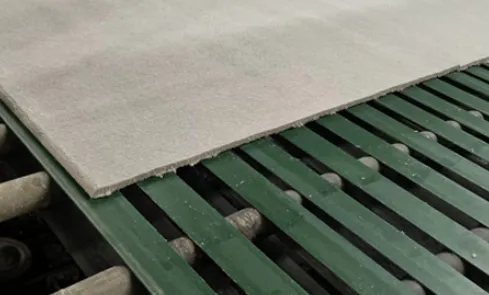Oct . 07, 2024 20:19 Back to list
false ceiling access panel
The False Ceiling Access Panel An Essential Component for Modern Interiors
In the world of modern architectural design and construction, the aesthetic appeal and functionality take center stage. One of the key features that help maintain both in contemporary interiors is the false ceiling. This design choice not only enhances the visual appeal of a space but also houses essential components like lighting, HVAC systems, and electrical wiring. However, an important yet often overlooked aspect of false ceilings is the access panel.
Understanding False Ceilings
A false ceiling, also known as a suspended ceiling, is a secondary ceiling that hangs below the primary ceiling. It can be made from various materials, including gypsum board, metal, or acoustic tiles, and serves multiple purposes. These ceilings can improve sound insulation, enhance ambient lighting, and conceal unsightly pipes and wiring. However, to upkeep these systems and ensure optimal performance, maintenance access is crucial.
The Role of Access Panels
Access panels are specially designed openings in ceilings or walls that provide service access to hidden mechanical systems, like ductwork, plumbing, and electrical installations. In false ceilings, these panels play a crucial role in facilitating maintenance and repairs without the need to dismantle the entire ceiling structure. They are often framed in materials that match or complement the existing false ceiling, ensuring that they blend seamlessly with the overall design.
Types of Access Panels
Access panels come in various styles and materials to suit specific needs and aesthetic preferences. Some common types include
1. Flush Access Panels These panels are designed to sit flush with the false ceiling and often feature a magnetic closure or latch mechanism. They are made from the same material as the ceiling, making them nearly invisible when closed.
false ceiling access panel

2. Drop-In Access Panels These panels drop into the ceiling grid and are easily removable. They are ideal for spaces requiring frequent maintenance, such as commercial buildings.
3. Fire-Rated Access Panels In environments where fire safety is a concern, fire-rated access panels are crucial. They meet specific fire resistance standards and ensure that fire-rated ceilings maintain their integrity.
4. Acoustic Access Panels These panels are designed to minimize sound transmission and are perfect for spaces like auditoriums and conference rooms where sound quality is paramount.
Benefits of Incorporating Access Panels
Integrating access panels into a false ceiling has several advantages. Firstly, they provide necessary access to mechanical systems without disrupting the aesthetics of the space. This feature is particularly useful in commercial settings, where maintenance is routine and minimizing downtime is essential.
Secondly, access panels help in the overall sustainability of the building. By allowing easy access to electrical and HVAC systems, they facilitate timely repairs and upgrades, reducing the risk of larger, costlier issues down the line.
Lastly, they help maintain the cleanliness and organization of a space. With everything neatly tucked away, the overall look of the environment is enhanced, making it more appealing to occupants and visitors alike.
Conclusion
In summary, while false ceilings play a pivotal role in the modern design landscape, it is the access panels that ensure their functionality and upkeep. By incorporating access panels into false ceilings, architects and designers can create aesthetically pleasing spaces that are not only beautiful but also practical and efficient to maintain. As we continue to prioritize both innovative design and functionality, access panels remain an essential component in the world of contemporary architecture.
-
Durable Ceiling T Grid Systems | Easy InstallationNewsAug.29,2025
-
PVC Gypsum Ceiling: Durable, Laminated Tiles for Modern SpacesNewsAug.28,2025
-
Pvc Gypsum Ceiling Is DurableNewsAug.21,2025
-
Mineral Fiber Board Is DurableNewsAug.21,2025
-
Ceiling Tile Clip Reusable DesignNewsAug.21,2025
-
Ceiling T Grid Modular DesignNewsAug.21,2025







